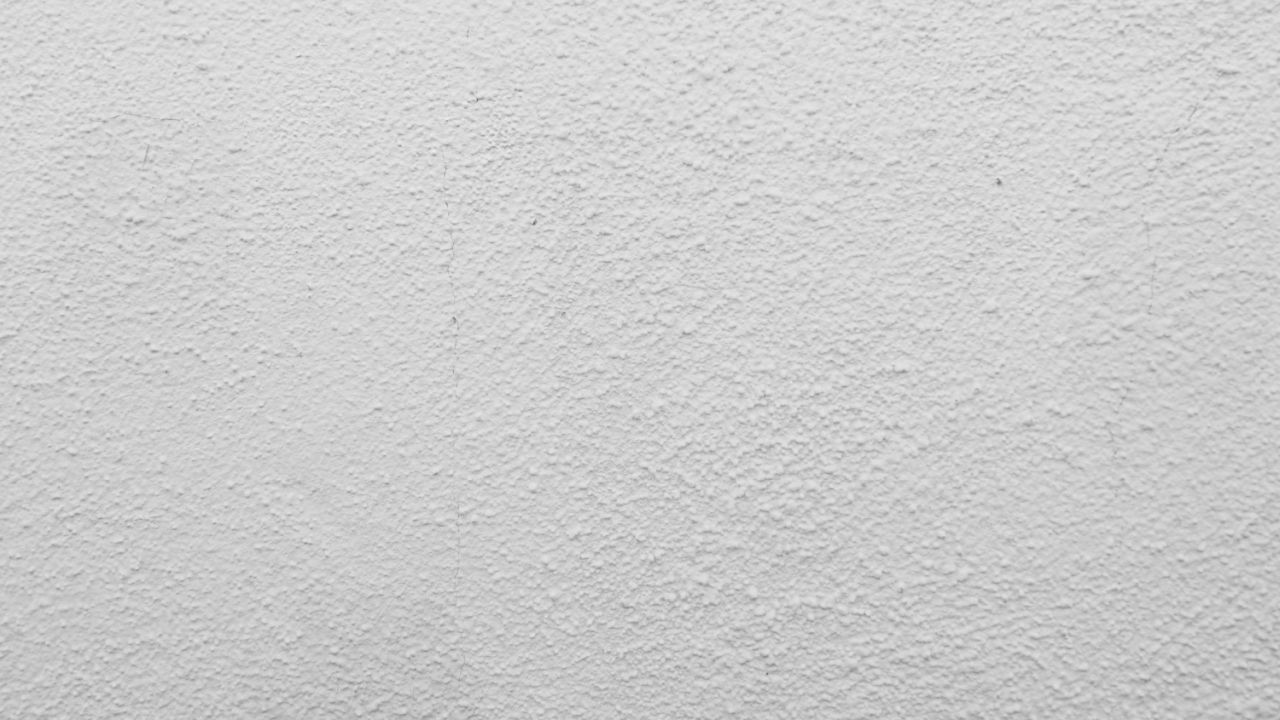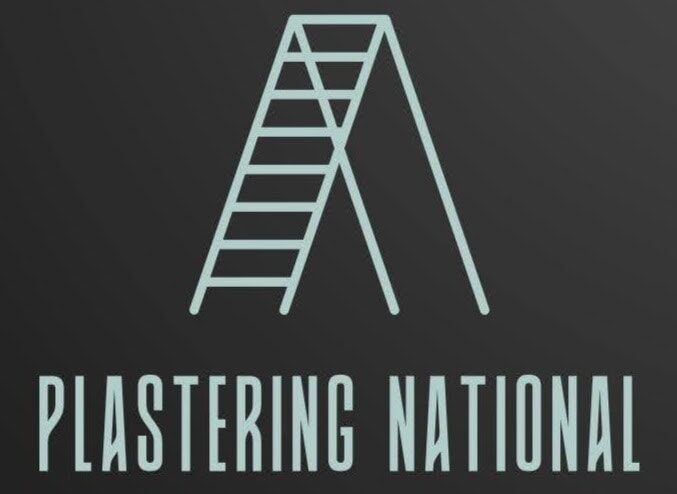Plastering is fundamental to construction and renovation projects. It provides aesthetic and functional benefits to walls and ceilings. Achieving a smooth and durable finish depends heavily on using the right tools.
Each tool serves a specific purpose, from preparing surfaces to applying and smoothing plaster, ensuring a professional result. This guide will detail the essential plastering tools for successful projects, explaining their uses and benefits.
Understanding these tools helps achieve a flawless finish, enhances efficiency, reduces errors, and improves the overall quality of the plastering work.
Let’s get straight to the point.
Plastering is key in construction to create smooth, durable surfaces. Tools like finishing trowels, mixers, and floats are essential for achieving professional results.
These tools help mix, apply, and smooth plaster efficiently. Proper plastering enhances a building’s appearance, provides insulation, and protects surfaces from damage.
What Is Plastering?

Plastering involves applying a thin layer of plaster—a mixture of dry powder (such as cement, gypsum, or lime) combined with water—to surfaces like walls and ceilings.
This process helps create a smooth, even finish that can be painted or decorated. Plastering enhances a building’s appearance, provides insulation, and protects surfaces from damage.
Essential Plastering Tools
When it comes to plastering, having the right tools at your disposal is key to a successful job. Here’s a list of the most commonly used plastering tools:
1. Finishing Trowel
A finishing trowel is a must-have for creating a smooth, even surface. Typically made from stainless steel or carbon steel, these trowels have rounded edges to help spread plaster evenly.
- Size: Blades generally range from 12 to 18 inches long and 3 to 5 inches wide.
- Use: This tool is perfect for smoothing and levelling the final layer of plaster, eliminating any bumps or rough spots.
2. Window Trowel
The window trowel is designed to apply plastic to frames and other tight spots. Its narrow, pointed blade allows for precise application in confined areas.
- Material: Commonly made of stainless steel for durability.
- Application: Ideal for finishing touches around window edges and filling small plaster cracks.
3. Bucket Trowel
A bucket trowel transfers plaster from the mixing bucket to the surface. Its design allows it to scrape plaster off the sides of the bucket efficiently.
- Primary Use: Mixing and applying plaster to walls and ceilings.
- Secondary Use: Cleaning plaster residue from tools and surfaces after finishing the job.
4. Mixer
A plaster mixer is essential for ensuring a consistent, lump-free plaster mixture. This tool can be electric or pneumatic, with blades or paddles rotating to mix the plaster evenly.
- Purpose: Saves time and ensures an even blend, crucial for achieving a smooth finish.
- Benefits: Reduces the risk of air bubbles and uneven textures that can occur with hand-mixing.
5. Mixing Bucket
A durable mixing bucket is essential for preparing plaster. A bucket with at least a 15-litre capacity is ideal for most plastering projects.
- Key Features: It should be clean and dry to prevent the plaster from sticking or clumping.
- Versatility: This can also be used for mixing other construction materials, like mortar.
6. Hawk
A hawk is a square or rectangular board with a handle underneath, used to carry plaster or mortar. It allows plasterers to hold the material close to the working area for easy application.
- Material: Usually made of metal or plastic.
- Usage: It is ideal for holding small quantities of plaster while applying it to the surface, reducing the need to return to the bucket frequently.
7. Step Ladder
A sturdy step ladder is essential when plastering ceilings or high walls. Look for one with a platform to hold your tools and materials.
- Convenience: It makes reaching higher areas easier without constantly climbing up and down.
- Safety: Ensures stability when working at heights.
8. Snips
Snips are cutting tools used for trimming plastering beading. Thin strips are placed on corners to reinforce and create clean edges.
- Type: Ensure your snips can cut through cold and stainless steel metals.
- Design: Longer handles provide better leverage, making it easier to cut through tough materials.
9. Plasterer’s Float
A plasterer’s float is used to finish the surface of the plaster after the last coat is applied. It helps achieve a smooth, professional look on walls and ceilings.
- Essential: Critical for smoothing the plaster to a high-quality finish.
- Durability: Typically made of plastic or wood, ensuring it lasts for multiple projects.
10. Mortar Stand
A mortar stand is a small, foldable table that keeps your tools and materials close while working. It’s a handy addition to any plasterer’s setup.
- Convenience: Keeps everything within arm’s reach, reducing the need to bend down repeatedly.
- Portability: Easy to move around and set up as needed.
11. Scarifier
The scarifier is a large metal comb used to roughen the plaster surface before applying a second coat. It ensures a strong bond between plaster layers.
- Purpose: Creates lines or grooves in the plaster to strengthen adhesion.
- Tool Design: Typically made of metal with durable teeth.
Benefits Of Using The Right Plastering Tools
Using the right plastering tools is important to achieving a high-quality finish in any project. Here are some of the key benefits:
1. Efficiency
Proper tools, like plaster mixers and bucket trowels, significantly speed up the process, reducing the required time and physical effort. This allows you to complete projects faster without compromising on quality.
2. Precision
Tools like finishing trowels and hawks help create a smooth, even surface, minimising imperfections. They enable you to apply plaster with greater control, leading to more consistent results across walls and ceilings.
3. Quality Finish
Using specialised tools reduces the risk of uneven textures, air bubbles, and rough patches. This ensures a professional-grade finish that is ready for painting or decorating.
4. Durability
Tools like scarifiers improve adhesion between plaster layers, enhancing the durability and lifespan of the finished surface and making it more resistant to cracks and other damage over time.
5. Cost-Effectiveness
Investing in the right tools minimises waste and reduces material costs by helping you apply plaster more accurately, avoiding overuse and mistakes that can lead to rework.
6. Safety
Using a stable step ladder and secure scaffolding reduces the risk of accidents, ensuring a safer working environment when plastering high walls or ceilings.
Choosing the correct tools is essential for achieving professional results efficiently and safely.
Why Plastering Is Essential?

Plastering not only enhances the visual appeal of a building but also offers functional benefits:
- Water Resistance: Creates a barrier that prevents moisture from seeping into the walls, protecting the structure.
- Improved Insulation: Adding a layer of insulation helps maintain indoor temperatures and reduces energy costs.
- Enhanced Durability: Strengthens the surface, increasing its lifespan and reducing the need for frequent repairs.
- Aesthetic Value: Provides a smooth, even surface ready for painting or other decorative finishes.
Importance Of Plastering In Construction
Plastering plays a vital role in both residential and commercial construction for several reasons:
- Protection: It helps guard surfaces against moisture and other forms of damage.
- Aesthetic: Plaster creates a uniform base, making painting and other decorative work easier.
- Insulation: It provides an extra layer to improve a building’s energy efficiency.
- Durability: Proper plastering increases the lifespan of walls and ceilings by reinforcing their structure.
Conclusion
In conclusion, having the right plastering tools is essential for achieving a smooth, professional finish in any construction or renovation project. Each tool, from the finishing trowel to the plasterer’s float, ensures efficiency, precision, and quality.
Investing in these essential tools makes plastering easier and enhances the durability, insulation, and appearance of walls and ceilings.
With the proper equipment and techniques, beginners and professionals can create long-lasting, visually appealing surfaces that significantly improve the overall structure and aesthetics.
Frequently Asked Questions
What Tools Do Plasterers Need?
Plasterers require essential tools such as trowels, floats, hawks, mixing paddles, and plastering brushes for smooth application, as well as scaffolding for ceiling work and buckets for mixing plaster.
Can I Plaster A Wall Myself?
Yes, with the right tools and preparation, DIY plastering is possible. Ensure the surface is clean and dry, and practice techniques on smaller areas before tackling large sections for a smooth finish.
How Long Does Plaster Take To Dry?
Drying times vary depending on the plaster type, humidity, and thickness. Typically, it takes 24 to 48 hours for plaster to dry completely, but it’s advisable to wait longer before applying additional layers or paint.
What Is The Difference Between Plaster And Plasterboard?
Plaster is a wet material applied to surfaces for smooth finishes, while plasterboard (drywall) consists of pre-fabricated sheets used for quick installation of walls and ceilings, offering a smoother finish with less mess.
How Do You Mix Plaster Correctly?
To mix plaster correctly, gradually add water to powdered plaster while stirring constantly. Aim for a creamy, lump-free consistency. The mixture should be smooth but not too runny and used within 30 minutes for best results.

